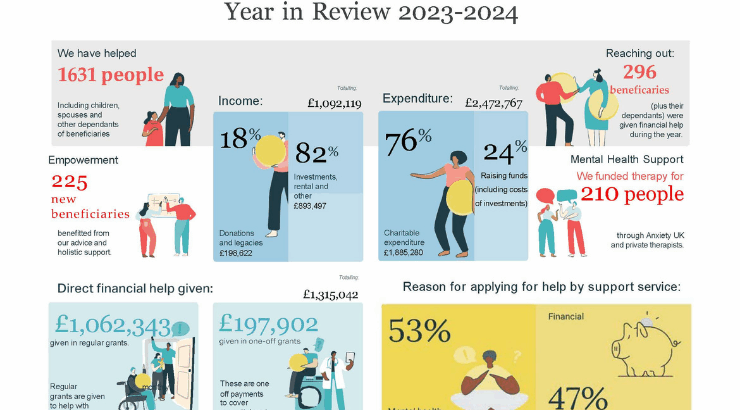For our Women in Architecture Anxiety Arch theme Bianca Man speaks about how she is pursuing a career in architecture as a woman. How she uses her Mantra of F-A-B: Facilitate, Advocate and Believe to help her on her journey into a typically male-dominated industry.
“From personal observations and experiences, architecture can be a very toxic environment for young, aspiring female designers. The profession is built on the foundations of a patriarchal vocation. Throughout the male-dominated strata of partners, directors, associates, architects and professors at university, I often felt at a loss as to where I truly stand and where I will feel belonging when I am weaned off the safe haven of higher education. It is easy to fall into the trappings of self-doubt when there are visual cues left, right, and centre, insinuating the nonexistence of female architects during their attempt to transcend the subsequent levels on their career ladders.
Due to my curiosity as to how accurate my opinion on the gender inequality of representation within my profession is, I delved into brief data analysis to discover a prominent gap between women and men nominees of the Presidents’ Medal at a top school of architecture. Furthermore, the Presidents’ Medal Winners throughout a span of ten years showed a feeble celebration of female architectural design. Exemplar work showed at universities I have observed tend to be owned by white men and merely three out of twenty-three university prize recipients were female! I am able to name around fifteen male students I have had the luxury of developing an unhealthy mental comparison with due to the glorification of them during my education. End-of-year shows were a celebration of my male friends; putting men on pedestals affected my ability to concentrate on unleashing my own potential.
I’ve heard my fair share of casual sexism and micro-aggressions masked as hilarious banter, which is of course not just confined solely to the architectural profession. Jealous and entitled men who put women down for being successful; besmirching the reputation of a female architect’s promotion to partnership by suggesting she used sex as a weapon of manipulation; and the classic. Are you sure you can handle it, you know, since you’ll be a woman in construction?!”
There will be many knockbacks that seem genuinely harmless during your pursuit of this arduous profession. The best way to deal with this is to realise that many of these comments come from a place of ignorance. In order to prevent the pressures in which nonchalant guff can cause on our psyche, we need to learn to prevent their infestation and gradual foothold on our mentality. Aside from the practice of mindfulness and meditation, which works wonders by the way, I suggest the following.
I came up with a FAB acronym in order to help more women architects break through the infamous glass ceiling. F is for Facilitate. Create your own culture that will empower female colleagues around you by holding your own ground and helping other women in the workplace. A is for Advocate. Insular conversations don’t tend to be effective; speak to male colleagues and raise awareness of the obstacles in which you may face. B is for Believe. Believe in yourself and practice resilience. I believe confiding in people you trust, as well as creating your own pocket of gradual and cumulative change for women in architecture can truly drive improvements. Opening up about mental struggles have also been something, although daunting, which altered my perspective on my own relationship with anxiety. It allowed for understanding, resonance and encouragement to benefit myself and the people around me.”








